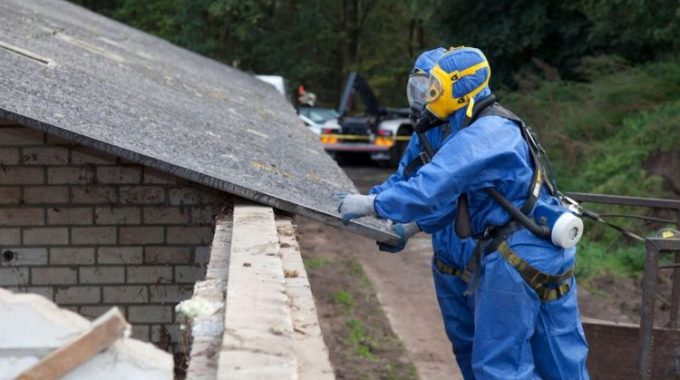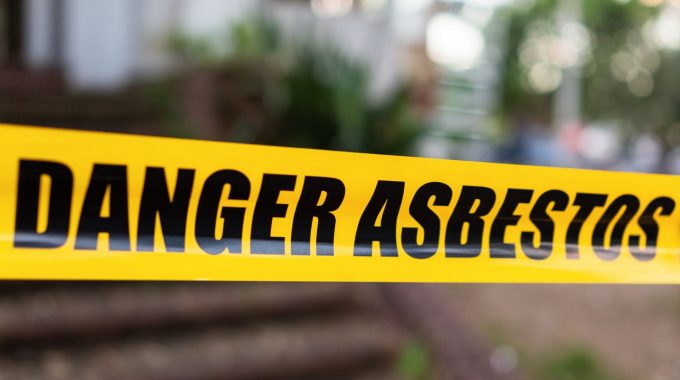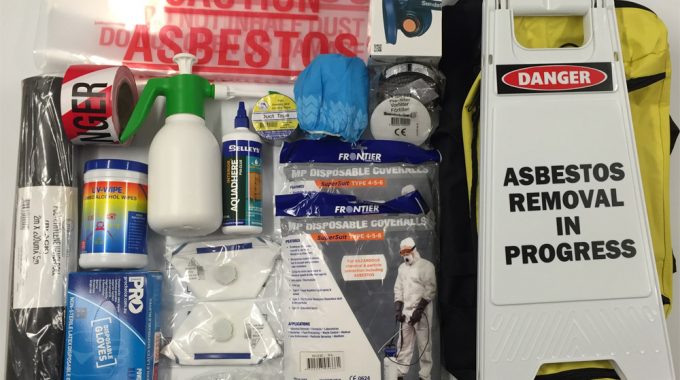Everything You Need to Know About Asbestos Inspections
When you get in a car, you wear a seatbelt to prevent serious injury should you happen to have an accident. So, when you buy a house, shouldn’t you take precautions to keep yourself and your family safe?
Having your home inspected for the presence of asbestos could save your life. According to the NSW Government, Asbestos kills around 4000 Australians each year and the symptoms of asbestos-related diseases can take decades to appear. Don’t take unnecessary risks—have your home inspected so that you know where the dangers lurk.
In this article, we look at what asbestos is, why it’s dangerous, and uncover some of the unexpected places it can be found in the home. We also look at how asbestos testing can help safeguard you and your family and what happens when you have an inspection.
What is Asbestos and Why is it Dangerous?
As a building material, asbestos was strong and cheap. It was resistant to fire, a good insulator and it was being used everywhere. From wall sheets and roofing shingles to loose-fill asbestos insulation and adhesives for carpet, window putty and all sorts of other uses—it seemed asbestos was too good to be true. And it was.
While the use of asbestos in Australia was gradually phased out in the 1980s, it wasn’t completely banned until 2003. This means that unless your home was built in the last 40 years or so, you could find asbestos has been used somewhere.
We’re told that asbestos is only dangerous if disturbed, releasing the dangerous fibres that cause lung cancer, ovarian cancer and mesothelioma. But with its use so widespread, even an innocent DIY repair could put you at risk without you knowing.
 What is an Asbestos Inspection?
What is an Asbestos Inspection?
While some builders and other tradespeople may claim to be able to identify asbestos-containing materials with a visual inspection, it’s just not possible to tell if a product is made of asbestos by looking at it, tapping on it or feeling it. Only scientific testing endorsed by the National
Association of Testing Authorities can accurately identify it.
At P&D Envirotech, our licensed asbestos assessors can come to your home to take a small sample of material to check for the presence of asbestos and we can have the results back to you within a day or two.
An asbestos inspection is safe, fast and affordable and it allows you to know exactly where the dangers lie. This way, you can have peace of mind knowing what you can disturb around your home and what should be left alone or take steps to have the asbestos material removed altogether.
When Do You Need an Asbestos Inspection?
Asbestos can be found in every room of your home. It was widely used so it can be found in everything from shower splashbacks to fuse boxes and concrete formwork. We recommend property owners protect themselves from asbestos exposure with an asbestos inspection in the following scenarios.
- Before you demolish an older property. Before demolition, the local council will require a clearance certificate to ensure all asbestos has been safely removed.
- Before home renovations or even small repair jobs. Asbestos is found in a huge variety of materials like carpet underlay glue and window putty, so even small repairs can release asbestos fibres in the air in your home.
- When buying a home. Having a pre-purchase asbestos inspection before you buy a property will help you understand what changes you can make in the future without undergoing asbestos removal. A general building inspection will not make you aware of the presence of asbestos.
- Workplace compliance checks. You may be required to keep an asbestos register and have an asbestos management plan in place.
- Signs of deteriorating building materials. If suspected asbestos materials are left to deteriorate, asbestos fibres can be released into your home.
- Before asbestos abatement. A licensed asbestos assessor will conduct an asbestos inspection to ensure all asbestos-containing materials are dealt with safely.
- Following natural disasters that have damaged or disturbed suspected asbestos-containing materials.
What Happens During an Asbestos Inspection?
An asbestos inspection, including taking samples and laboratory analysis, should be undertaken by certified professionals and asbestos should only ever be removed by a licensed asbestos removalist.
When you have an asbestos inspection, the licensed asbestos assessor will begin by looking over the entire building. They then take an inventory of suspected asbestos materials. Following this, they will take samples of the suspect materials, which are then sent for lab analysis. Finally, the asbestos assessor will provide property owners with a detailed report recommending the best course of action, such as removal or encapsulation.
What Are the Risks of DIY Asbestos Inspections?
Whether you’re a homeowner or a tradesperson working on someone else’s home, you can’t tell if something is asbestos with a visual inspection alone. This is why asbestos testing by a licensed asbestos assessor is critical. Handling asbestos without the correct personal protective equipment exposes you to fatal health risks.
How to Choose a Professional Asbestos Inspector
For removal work, asbestos professionals require either a Class A licence to remove friable asbestos fibres or a Class B licence to remove non-friable asbestos. However, testing authorities and those who carry out air monitoring and clearance inspections require greater credentials and must hold an asbestos assessor licence. A licensed asbestos assessor can inspect your property, have samples tested, monitor the air for asbestos fibres, do clearance inspections after removal work and issue clearance certificates.
FAQs About Asbestos Inspections
What does an asbestos inspection involve?
As well as a visual inspection of your property to identify any suspect materials, samples are taken and sent for testing at an accredited laboratory to ensure the accuracy of the findings. A report that outlines how best to manage the asbestos is then provided.
What are the Australian regulations on asbestos-containing materials?
Asbestos products can be left undisturbed if they are in good condition but once damaged, they can release microscopic fibres. Therefore, it’s often recommended that asbestos be removed using the highest safety precautions.
How long does an asbestos inspection take?
The length of an asbestos inspection depends on the size of the property to be inspected, the amount of suspect materials found and how easily it can be accessed, but they generally do not take more than a few hours. Once samples are sent for testing, the results are normally available within 24 hours.
How often should asbestos inspections occur?
Whether on commercial premises or in residential properties, asbestos inspections should occur once every five years to ensure that any asbestos products are in sound condition and do not pose a health risk. These ongoing risk assessments can assess materials for deterioration, which can help keep your family safe and fulfil any legal obligations for workplaces.
Concerned About Asbestos Fibres in Your Home?
Even the use of high-pressure cleaning equipment can pose a risk when it comes to asbestos materials. So, if you are planning renovations or home repairs, or you suspect your property contains asbestos, an inspection by a qualified, licensed professional can help you make an informed decision about how to manage the risk.
At P&D Envirotech, we provide a full range of asbestos services, including comprehensive site inspections and testing and fast and safe removal. Our certified team can handle projects of all sizes, providing a thorough and safe process from start to finish. Call us for more information today on 1300 884 113.







